Feature Flags — Management Platforms
Feature Flags
How do they work, plus a comparison of top Feature Flag Management Platforms?
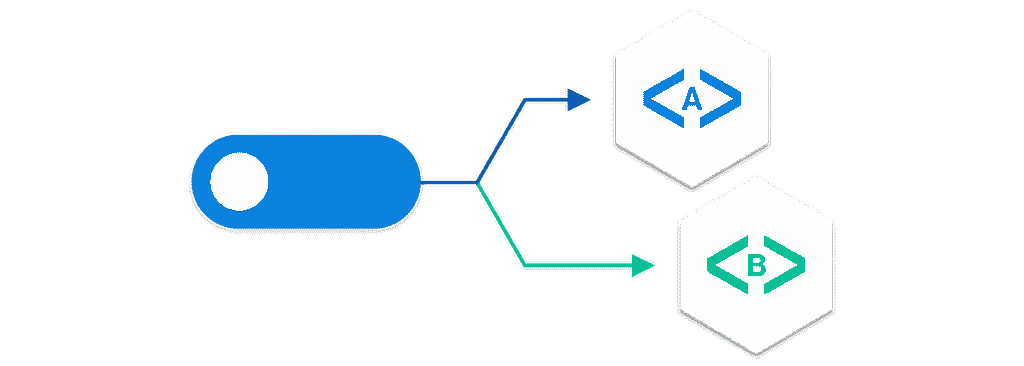
Also known as feature toggles, they are powerful tools developers use to manage and release features in a controlled manner. Feature flags are conditional statements allowing developers to turn features on or off based on certain conditions.
They are an essential part of modern software development and are used by companies like Facebook, Google, and Amazon
In this article, we will explore what feature flags are, how they work, and the benefits of using them in development.
What is a Feature in the first place?
A feature is a specific capability or functionality added to a software application or system to improve performance, usability, or security.
Features can range from simple additions, such as a new button on a webpage, to complex functionality, such as machine learning algorithms or data analytics tools.
What are Feature Flags?
Feature flags are a simple concept — they are conditional statements that control feature release in software applications. They allow developers to enable or disable features based on specific conditions such as user roles, preferences, or dates.
There are two types of feature flags: release flags and experiment flags. Release flags control the release of new features to production environments. In contrast, experiment flags are used to test new features with a small subset of users before rolling them out to a wider audience.
How do Feature Flags work?
Feature flags work by using conditional statements to control the release of features. A simple example of a feature flag might be a conditional statement that checks if a user is logged in before showing a specific feature.
Here is an example of how a feature flag might work in practice:
if (featureFlagEnabled('newFeature')) {
// new feature
} else {
// old feature
}
In this example, the featureFlagEnabled() function checks if the feature flag for the new feature is enabled. If enabled, the new feature can be executed; if not, the old feature is executed instead.

The Benefits of Feature Flags
- Controlled releases: Feature flags allow developers to control the release of new features, enabling them to gradually release features to a subset of users before rolling them out to a wider audience. This helps to minimize the risk of bugs and other issues affecting a large number of users.
- Reduced downtime: Using feature flags allows developers to deploy new features without taking the entire application offline. Instead, they can gradually roll out features to a small group of users, enabling them to test the feature and identify any issues before releasing it to a wider audience.
- Increased collaboration: Feature flags can enable collaboration between developers, product managers, and other stakeholders. By using feature flags, developers can work on new features in isolation, enabling product managers and other stakeholders to review and provide feedback on new features before they are released.
- Improved testing: Feature flags enable developers to test new features with a small group of users before rolling them out to a wider audience. This helps to identify any issues or bugs before the feature is released to a larger audience.
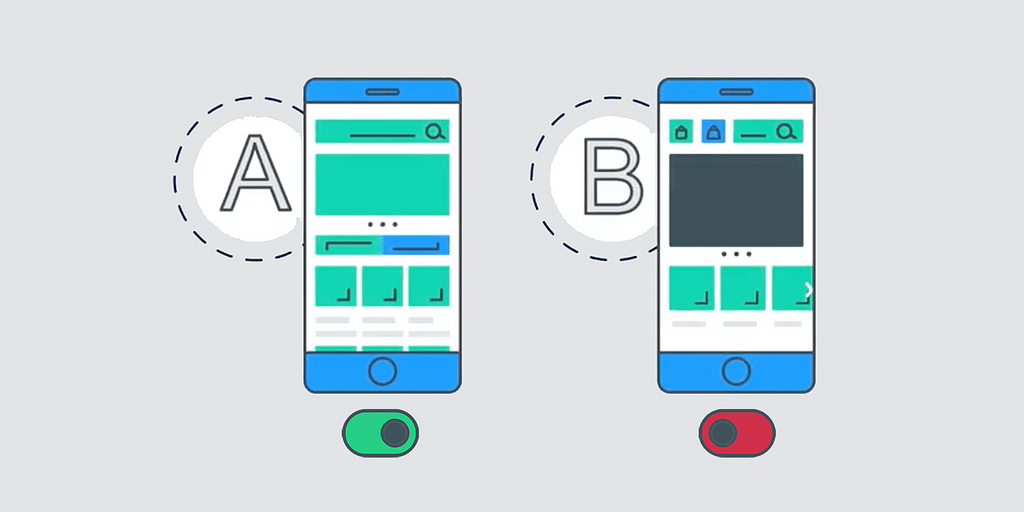
Feature Flag Management Platforms
Several feature flag management platforms are available in the market, each with unique features and benefits. We will explore the three most popular feature flag management platforms — LaunchDarkly, Rollout.io, and Split.io.
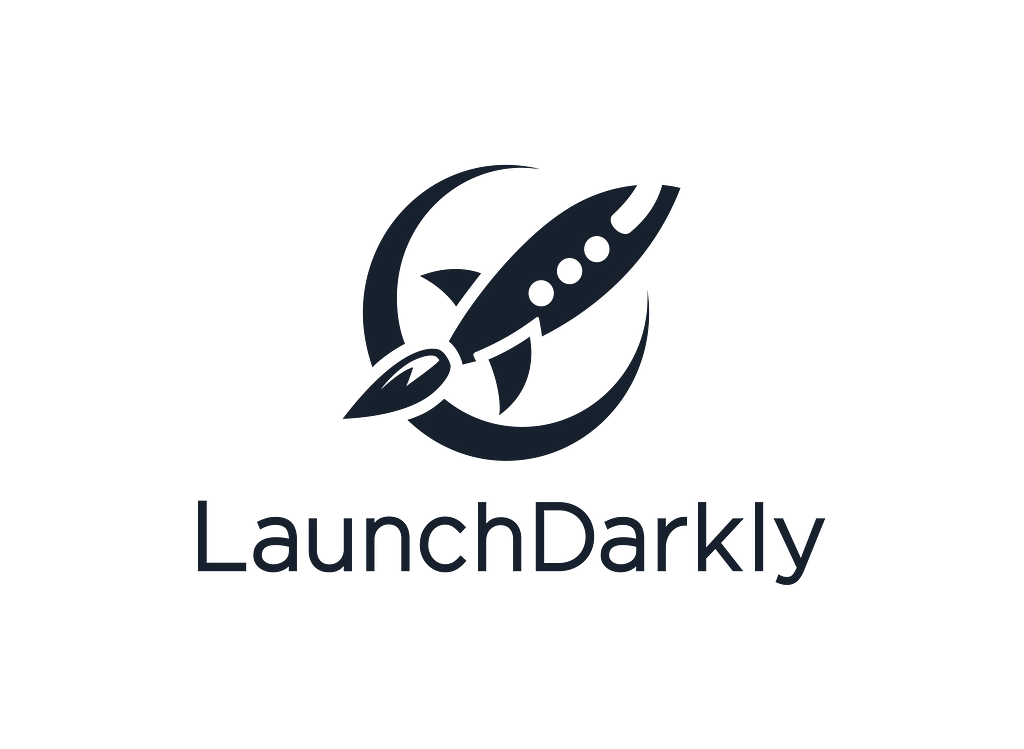
LaunchDarkly is a feature flag management platform that enables developers to release features safely and quickly. The platform provides a range of features, including feature flags, A/B testing, and user targeting.
How does LaunchDarkly work?
LaunchDarkly works by providing a centralized platform for managing feature flags.
The platform provides a range of integrations, including support for popular programming languages like JavaScript, Python, and Ruby.
One of the key features of LaunchDarkly is its support for A/B testing. It enables developers to test different versions of a feature with different user segments and identify which version is most effective. LaunchDarkly provides an intuitive interface for creating and managing A/B tests, making it easy for developers to experiment with new features.
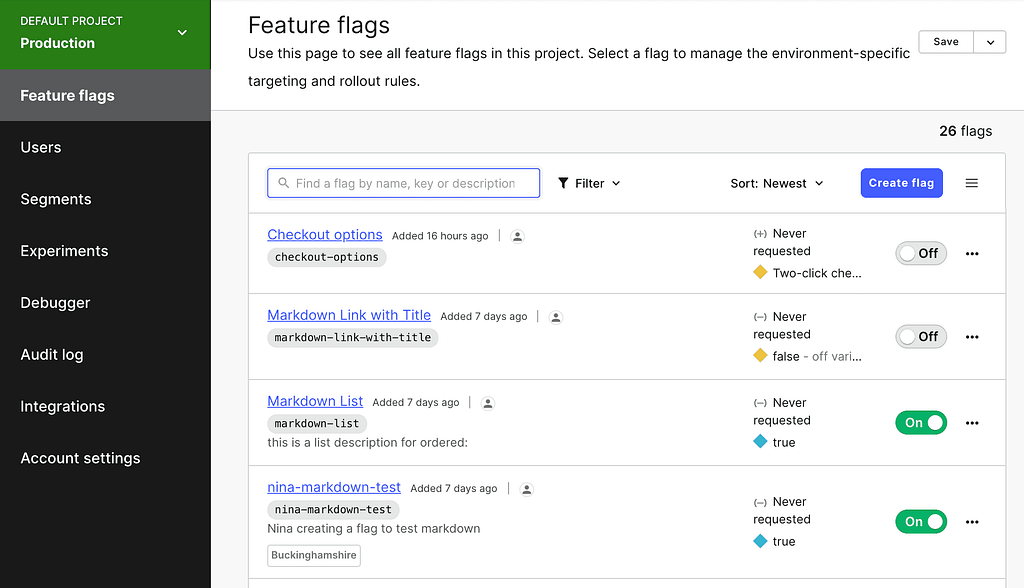
Further, it provides support for user targeting. It enables developers to target specific user segments with different features and personalize the user experience. With LaunchDarkly, developers can create user segments based on a range of criteria, such as user location or user behavior, and target those segments with specific features.
Rollout.io

One of the key features of Rollout.io is its support for instant rollbacks
Split.io
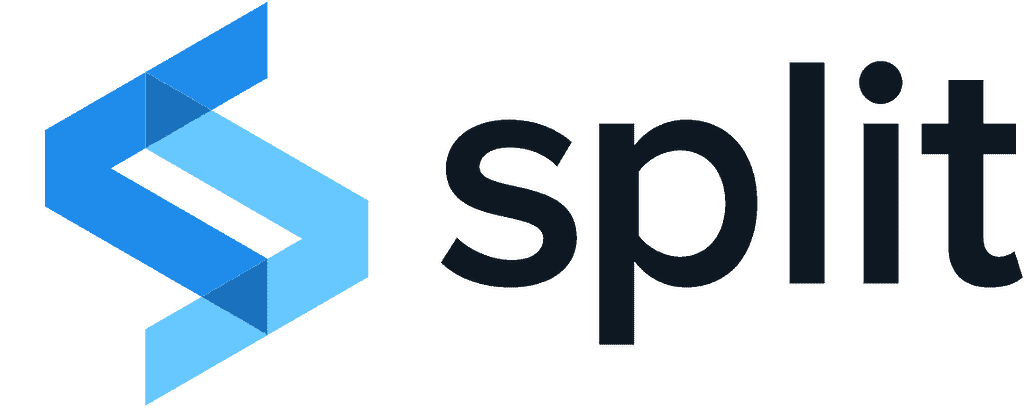
One of the key features of Split.io is its support for multivariate testing
Spli.io and Rollout.io provide a range of integrations with popular programming languages like JavaScript, Java, and Ruby. Rollout.io also provides support for popular frameworks like React and Angular.
Comparison
LaunchDarkly, Rollout.io, and Split.io are all feature flag management platforms that offer similar features. However, developers should consider key differences between the platforms when choosing one.
One of the key differences is the pricing structure. LaunchDarkly provides a range of pricing plans, including a free plan, while Rollout.io and Split.io provide a free trial but require a paid subscription for ongoing use.
Another key difference is the level of support provided. LaunchDarkly provides a range of support options, including email support, phone support, and a dedicated account manager, while Rollout.io and Split.io provide email support only.
Finally, there are some differences in the features provided by each platform. Rollout.io supports instant rollbacks and feature branching, while Split.io supports multivariate testing and custom metrics. LaunchDarkly provides a range of integrations and features, including support for A/B testing and user targeting.
Conclusion
Feature flags provide greater control and flexibility over software development, enabling faster and more reliable releases. In other words, it is a useful tool that allows developers to release the needed feature more easily and quickly, mainly because it can be turned off anytime in milliseconds using one of the Feature Flag Management Systems. There is no need for a testing environment, you can do all the testing in the production.
Isn’t it great? :)
Feature Flags — Management Platforms was originally published in ableneo Technology on Medium, where people are continuing the conversation by highlighting and responding to this story.
